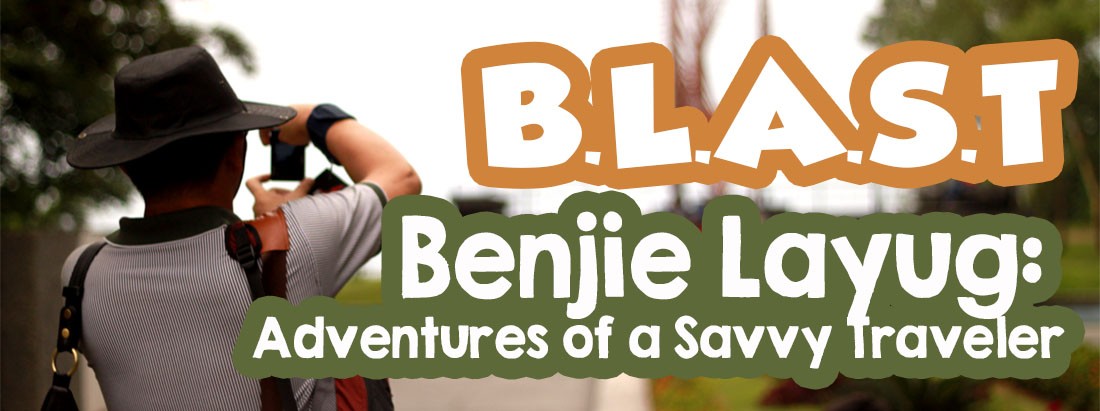During one of our family visits to Malay (Aklan), I decided, for a change, to veer outside our normal routine of visiting Boracay Island by visiting one of the town’s little-known tourist attractions – Agnaga Falls. Though listed as one of Malay’s 7 natural wonders (Boracay is No. 1 of course), not many people, aside from the locals, know about or visit the place.
| L-R: Cheska, John Paul, Ningning and Jandy |
Joining me were my kids Jandy and Cheska plus their third cousin John Paul and John Paul’s mom, Ningning. After lunch, we all boarded the Mitsubishi L-200 pickup and were driven my Naciang, Ningning’s husband and my wife Grace’s second cousin, along the road to Buruanga up to the jump-off point. This was as far as the pickup could go. Naciang stayed behind with the pickup to await our return.
| Agnaga Falls |
From here, it was to be all footwork through a dirt trail within a light forest. After about 20 mins. of leisure hiking, the sound of the fall’s flowing waters told us we have finally reached our destination. The falls wasn’t high, just about twice my height, but the cool turquoise waters at its small, shallow pool were inviting. Besides, we were the only visitors around and we had the falls all to ourselves. Simply heaven.
Agnaga Falls: Brgy. Kabulihan, Malay, Aklan.



















